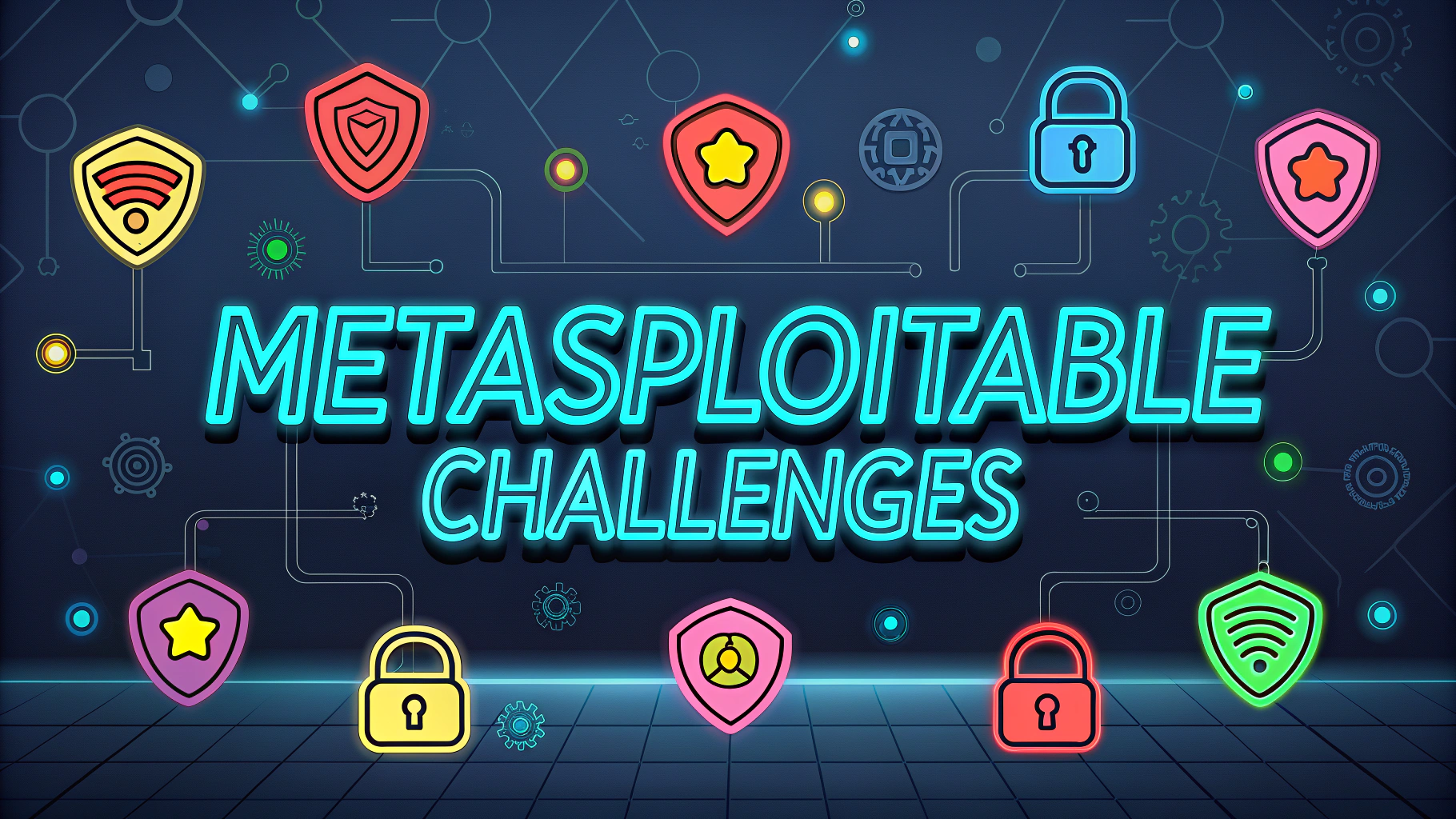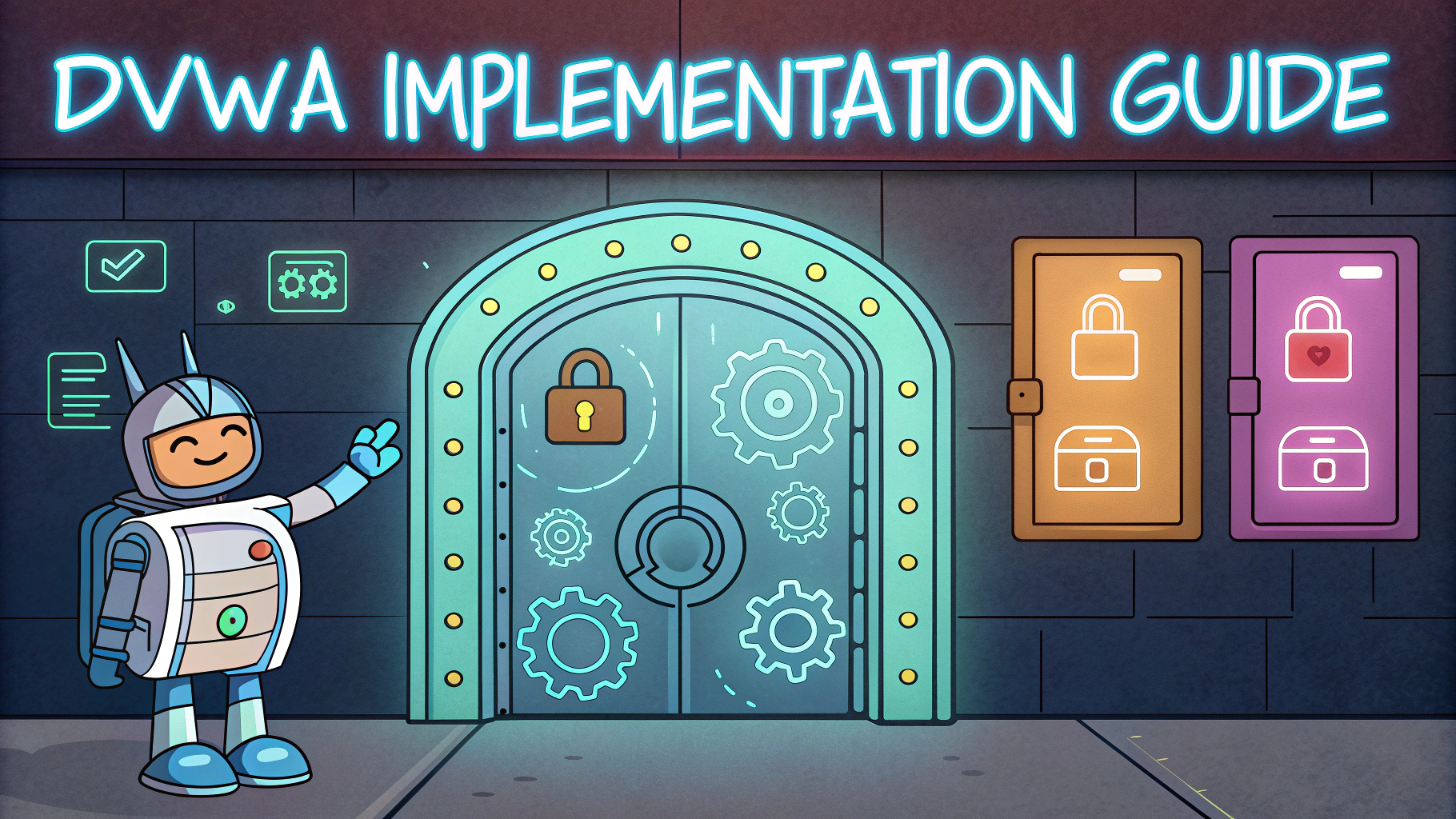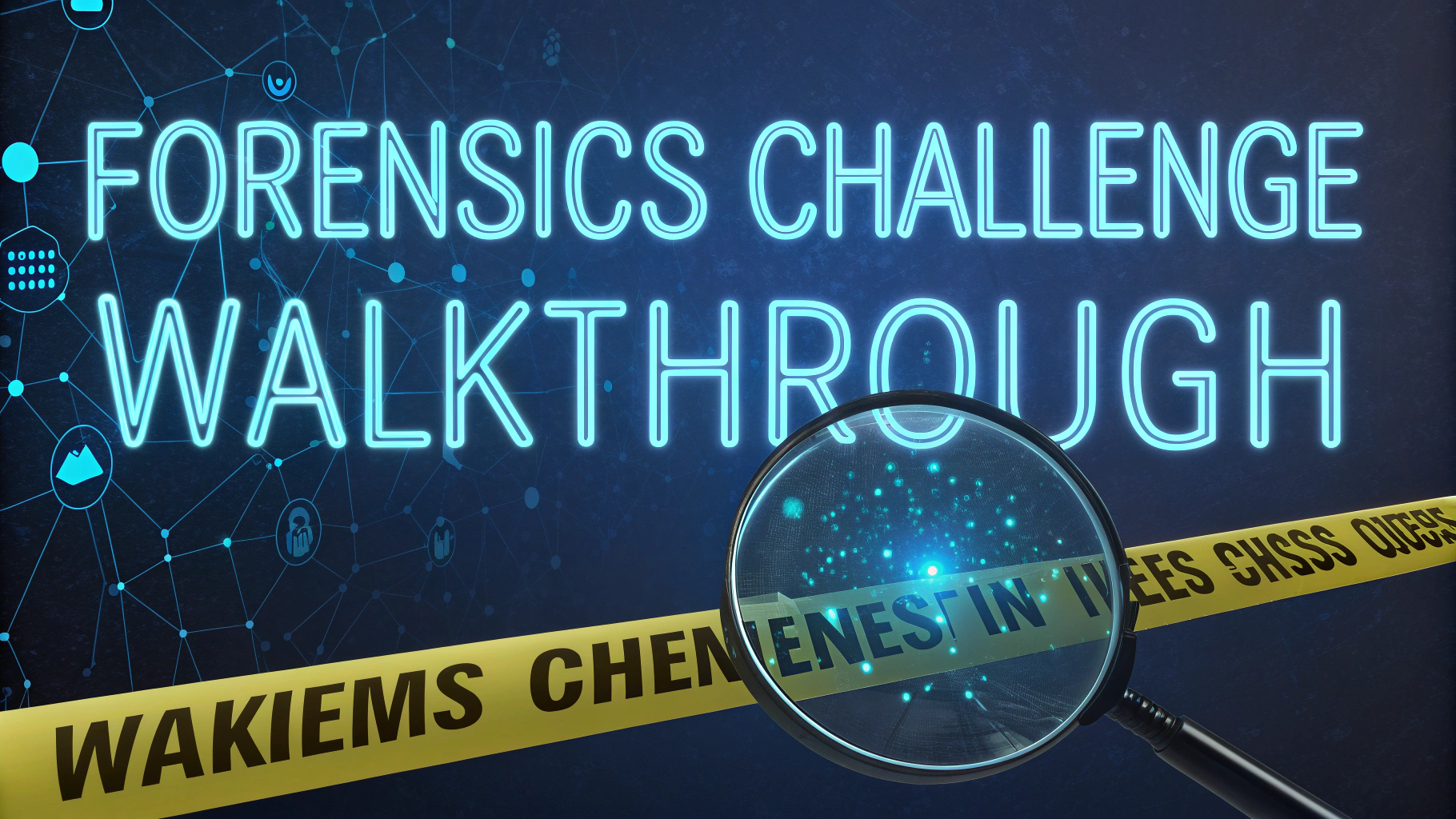Penetration testing stands as a key defense strategy in cybersecurity, allowing organizations to identify and fix vulnerabilities before malicious actors can exploit them.
Professional pentesters use a combination of automated tools and manual techniques to simulate real-world attacks against systems, networks, and applications.
Understanding penetration testing methodologies helps security professionals develop more robust defense strategies and maintain compliance with various regulatory requirements.
Types of Penetration Tests
- Black Box Testing: Testers have no prior knowledge of the target system
- White Box Testing: Complete system information is provided to testers
- Gray Box Testing: Testers receive partial system information
Key Phases of Penetration Testing
- Planning: Define scope, objectives, and testing methods
- Reconnaissance: Gather information about target systems
- Scanning: Identify vulnerabilities using automated tools
- Exploitation: Attempt to exploit discovered vulnerabilities
- Post-exploitation: Maintain access and document findings
- Reporting: Document results and provide recommendations
Essential Penetration Testing Tools
- Nmap: Network mapping and port scanning
- Metasploit: Exploitation framework
- Wireshark: Network protocol analyzer
- Burp Suite: Web application security testing
- John the Ripper: Password cracking
Best Practices for Penetration Testing
- Obtain proper authorization before testing
- Define clear scope and boundaries
- Document all testing activities
- Use secure channels for communication
- Follow ethical hacking principles
Legal and Ethical Considerations
Penetration testing requires explicit written permission from system owners.
Testers must comply with local, state, and federal regulations.
Testing activities should not disrupt business operations or compromise sensitive data.
Reporting and Documentation
- Executive summary for stakeholders
- Technical findings with evidence
- Risk assessment ratings
- Remediation recommendations
- Timeline for fixes
Steps to Strengthen Your Security
Schedule regular penetration tests at least annually or after significant system changes.
Implement a vulnerability management program to track and fix identified issues.
Train staff on security awareness and incident response procedures.
Keep systems and applications updated with the latest security patches.
Maintain detailed documentation of all security controls and configurations.
Industry Resources and Certifications
- CEH (Certified Ethical Hacker)
- OSCP (Offensive Security Certified Professional)
- GPEN (GIAC Penetration Tester)
- CompTIA PenTest+
Moving Forward with Security Testing
Regular penetration testing forms a critical component of a robust security program.
Organizations should develop a continuous testing strategy that evolves with new threats.
Partner with qualified security professionals or firms for comprehensive testing coverage.
Advanced Testing Scenarios
- Mobile Application Testing: Analyzing mobile app security
- Cloud Infrastructure Testing: Assessing cloud deployments
- IoT Device Testing: Evaluating connected device security
- Social Engineering Tests: Examining human vulnerabilities
Emerging Threats and Testing Evolution
Penetration testing methodologies must adapt to address new attack vectors and technologies.
AI and machine learning are becoming integral parts of both attack and defense strategies.
Zero-day vulnerabilities require specialized testing approaches and continuous monitoring.
Building an Internal Security Team
- Develop in-house expertise through training
- Establish clear roles and responsibilities
- Create standard operating procedures
- Implement quality control measures
- Maintain testing documentation standards
Measuring Testing Effectiveness
- Track vulnerability remediation rates
- Monitor mean time to detection
- Assess coverage of critical assets
- Review false positive rates
- Evaluate team performance metrics
Securing Tomorrow’s Infrastructure
Implementing comprehensive penetration testing programs helps organizations stay ahead of evolving cyber threats.
Success depends on combining skilled professionals, effective tools, and proper methodologies.
Organizations must maintain vigilance through continuous testing and improvement of security measures.
Integration with broader security initiatives ensures maximum protection of critical assets.
FAQs
- What is penetration testing and how does it relate to CISSP?
Penetration testing is a security assessment method where ethical hackers simulate real-world attacks to identify vulnerabilities in systems, networks, and applications. In CISSP, it falls under the Security Assessment and Testing domain, emphasizing the importance of proactive security evaluation. - What are the main phases of a penetration test?
The main phases include Planning/Preparation, Reconnaissance, Scanning/Enumeration, Gaining Access, Maintaining Access, and Reporting. Each phase must be properly documented and authorized as per CISSP guidelines. - What’s the difference between black box, white box, and gray box penetration testing?
Black box testing involves no prior knowledge of the target system, white box testing provides complete system information to the tester, and gray box testing offers partial information. Each approach serves different security assessment objectives. - How often should penetration testing be performed according to CISSP best practices?
Penetration testing should be conducted at least annually, after significant infrastructure changes, following major application updates, or when required by compliance regulations like PCI DSS. - What are the key legal considerations in penetration testing?
Key legal considerations include obtaining written authorization, defining scope and boundaries, protecting sensitive data, complying with privacy laws, and ensuring testing doesn’t violate any regulatory requirements or service agreements. - How does vulnerability scanning differ from penetration testing?
Vulnerability scanning is an automated process that identifies potential security weaknesses, while penetration testing involves active exploitation of vulnerabilities by skilled professionals to demonstrate actual security risks. - What types of reports should be generated after a penetration test?
Reports should include an Executive Summary, Technical Findings, Risk Ratings, Reproduction Steps, Evidence/Screenshots, and Detailed Remediation Recommendations, all properly sanitized to protect sensitive information. - What credentials or certifications should penetration testers have?
Professional penetration testers typically hold certifications such as CEH, OSCP, GPEN, or CREST, along with a strong understanding of security principles covered in CISSP. - What are the common tools used in penetration testing?
Common tools include Nmap for network scanning, Metasploit for exploitation, Wireshark for packet analysis, Burp Suite for web application testing, and various other specialized security testing tools. - How should penetration test findings be prioritized?
Findings should be prioritized based on risk level, considering factors like vulnerability severity, potential impact, likelihood of exploitation, and the value of affected assets.








